Ilex vomitoria
If a plant ever had a botanical name that could drive people to run far, far away from it, it’s this one.
I can’t help but wonder if the species epithet vomitoria is part of the reason why this plant isn’t far more popular than it is.
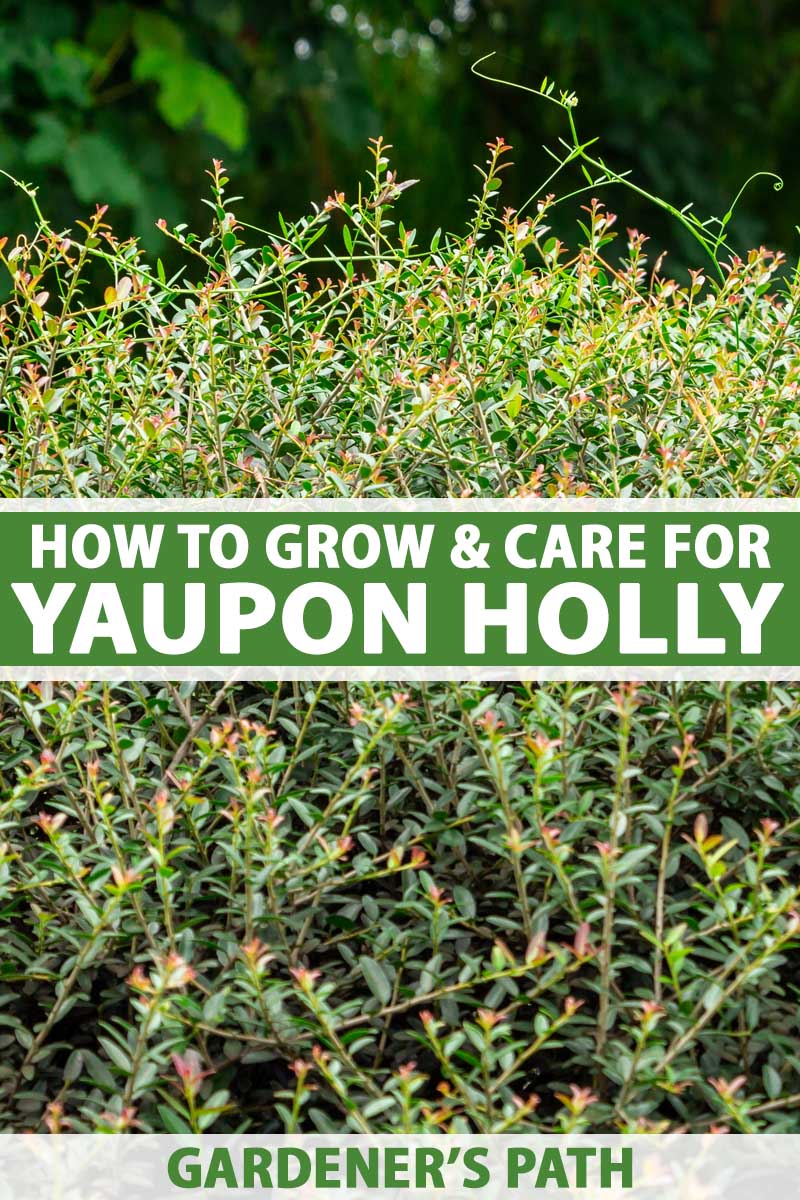
We link to vendors to help you find relevant products. If you buy from one of our links, we may earn a commission.
Drought, shade, and salt barely phase it. It’s totally happy in somewhat sandy, rocky, heavy, or depleted soils. But unlike some tough and adaptable plants, this one doesn’t become invasive and spread into places where you don’t want it.
With its petite flowers, beautiful foliage, and bright red berries, it has a lot to offer as an ornamental. And did I mention that it can also be made into a caffeinated tea similar to yerba mate?
I say we start a petition to have yaupon holly renamed to something like Ilex awesomitoria. Or maybe Ilex wonderfulitoria? Okay, we can workshop the name later.
A North American native, this is a plant that fits right into a wide variety of environments where it can attract wildlife, create a privacy hedge, and provide you with your morning caffeine fix all at the same time.
Whether you’re looking for some tea-making tips or you want to make sure your yaupon is as happy as possible in your garden, this guide has you covered. Here’s everything we’re about to go over:
What You’ll Learn
In case you can’t tell, I’m a huge fan of this plant. Anytime I can grow something that is versatile on top of being easy-going, I’m in.
Feel the same way? Let’s dig into the wonderful world of Ilex vomitoria.
Cultivation and History
Yaupon holly is native to the southeastern United States. You can find it growing wild from Virginia to Florida and west to central Texas.
The plant has opposite, evergreen, oval leaves with fine toothing at the edges. The small flowers are whitish-green, followed by red, orange, or yellow drupes (commonly called berries).
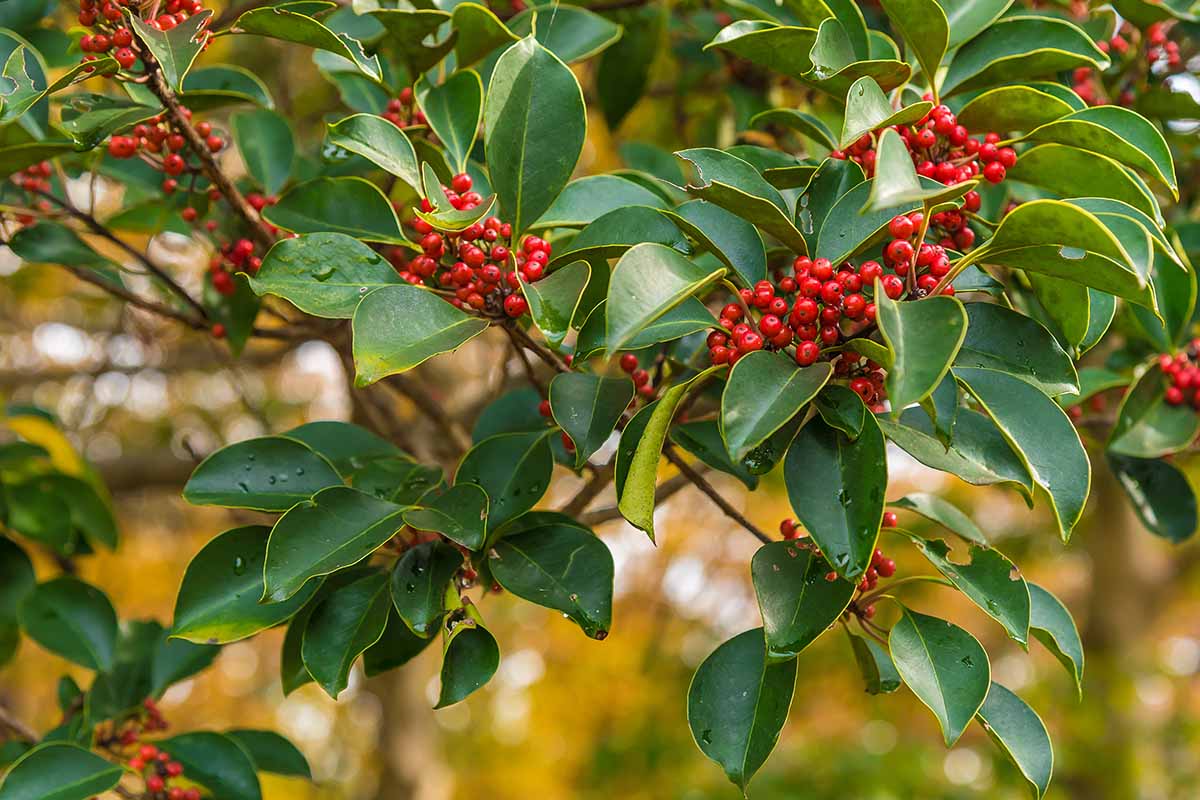
These plants grow well in USDA Hardiness Zones 7 to 9, though you can find some cultivars that will survive outside of this range if you keep an eye out.
The plants can grow pretty tall, up to 45 feet in height, but they typically stay about half this size. And there are many cultivars that stay significantly smaller – some dwarf cultivars never stretch over five feet!
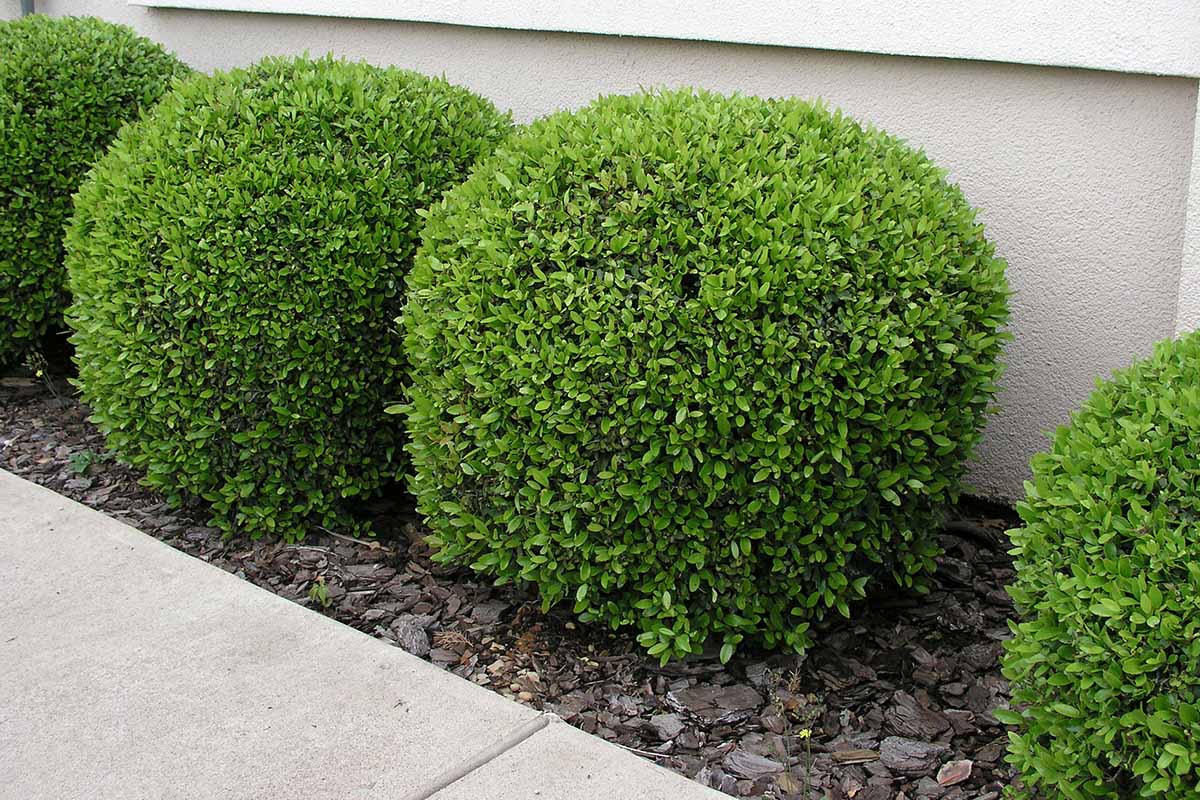
You might have guessed from the botanical name that this plant might cause you to vomit if you ingest it. But that’s not the case.
It’s based on a misunderstanding on the part of those who were introduced to the plant by Indigenous people within its native range.
In the late 1700s, Scottish botanist William Aiton was told that native people ingested the plant and subsequently vomited, and that’s how it was named as a result.
In reality, it was used as part of a purging ceremony. Local native people including the Cherokee, Natchez, and Creek would create a concoction of cassina (as it’s also known), along with other ingredients, to induce vomiting.
But it’s likely those other ingredients that created the “cleansing” effect.
The roasted leaves and shoots, which were called the “white drink” by members of some tribes, were consumed and still are today as a tea in ceremonies and at social occasions where vomiting wasn’t a part of the events.
In addition, the Alabama people used it as a ceremonial medicine to clear out the system and Seminole people used it as a psychological aid to treat nightmares and talking in one’s sleep.
Native people also drank the tea for the caffeine. Yaupon has the distinction of being the only native plant in the US that contains the stimulating alkaloid.
Native people introduced the drink to Spanish colonists and they quickly became addicted to what they called the “black drink,” as so many of us are to our morning cup of joe.
“Any day that a Spaniard does not drink it, he feels he is going to die,” wrote ethnologist William C. Sturtevant in “Black Drink: A Native American Tea.”
If you’ve ever had yerba mate (I. paraguariensis) tea, you’ve imbibed a close relative of yaupon and you already have an idea of what it tastes like.
You can buy yaupon holly tea from specialty retailers today, like this one-pound bag of leaves from American Green, available at Amazon. Or you can grow or forage your own.

And for those who can’t move past the vomiting association, no problem. More for us!
The berries, though? Don’t eat ‘em. They’re mildly toxic.
Speaking of, these plants are dioecious, which means the female and male reproductive parts are located within the petite white flowers of separate plants.
The females are the ones that produce the berries, and most nursery plants are female because people want the seasonal color that the berries provide.
You’ll need to double check when browsing to make sure you nab a male plant if you prefer to grow one that doesn’t produce berries.
They’ll typically be labeled, but if they aren’t, the description might give it away if it mentions whether the plant produces berries or not.
That said, other Ilex species can also pollinate vomitoria plants, and there seem to be enough cultivated and wild hollies in most areas to keep vomitoria females pollinated, even if you don’t have one in your yard.
Propagation
Yaupons can be propagated in all the same ways other native hollies can be, namely by sowing seed and rooting cuttings.
Or you can always buy a seedling or potted plant from a nursery. There are lots of excellent options out there, and we’ll cover a few of the highlights a bit later in this article.
From Seed
Seed germination is slow, so if you’re an impatient gardener (raises hand), maybe go a different route. The seeds need to go through a warm period of at least a month before a cold period of at least two to three months.
You can make this happen by plopping the seeds in the soil in the early fall, or you can recreate the same conditions artificially.
Place the seeds in an area that stays between about 70 and 85°F, then move them to a location that stays at about 40°F, like your refrigerator.
Before you sow the seeds, nick each one with a knife or nail clippers. They’re tough, and this will help to speed up germination.
Wherever you put the seeds, the soil should be loose and sandy. You can place the seeds a quarter-inch deep in moist sand if you’re stratifying them yourself.
Otherwise, just amend your soil with lots of sand and well-rotted compost if it isn’t already porous and rich in humus naturally.
Seeds sown outside will pop up in the spring when the weather warms. If you started the seeds indoors, transfer them to individual six-inch pots filled with cactus potting soil once they begin to germinate.
Keep the soil moist throughout until you’ve moved them outdoors and given them time to become established. Alternately, place the germinated seeds outdoors in their permanent home once the air temperatures are above 45°F.
So long as the stems have three or four leaves, they’re fine to harden off if necessary and place in the garden.
Now, remember, if you want berries you need to ensure you have a male plant around. You can either purchase one that you know is a male, or you can grow lots of seedlings and weed out the ones you don’t need.
You can tell a male from a female once they start flowering. Male flowers have stamens at the center, while females have a cone that can range in color from green to brown to red.
It’s also worth noting that a male plant from a different Ilex species can pollinate vomitoria females, but the resulting seeds will be sterile.
From Stem Cuttings
If you want to be absolutely sure you’ll end up with a female bush with all those pretty berries, you’ll also need a male bush nearby to pollinate the females. Propagation by cuttings is the way to go.

When you root cuttings, you create a clone of the parent plant, with all of the same genetics including gender.
Semi-hardwood cuttings work best, so in the late summer or fall, look for new growth from this year that has begun to harden.
If you aren’t sure how old the wood is, bend it back on itself. If it snaps off cleanly, it’s perfect. If it tears or creates a jagged break, it’s hardwood. If it doesn’t break it’s too soft.
Take a stem that is about six inches long and strip all the leaves off the bottom half. Dip the cut end in rooting hormone and place it in a four-inch container that’s filled with seed-starting medium. The cutting should be planted at least quarter of its length deep.
Water the medium well so that it’s moist but not soggy and tent a piece of plastic or use a liter bottle with the top cut off to cover the cutting and help it stay moist. Place in an area where the cutting will receive bright, indirect light and keep the soil moist.
After six weeks, remove the plastic. Roots generally form within six weeks or so, but as long as the cutting looks healthy rather than being black or wilted, you’re just going to keep it watered and let it do its thing.
Give the plant an occasional gentle tug to see if it resists. If it does, it has formed roots. You can also look for new growth. Either of these is a sign that your cutting is ready to be planted.
In the spring, after the last predicted frost date in your area, transplant the cutting into its permanent location in the ground as you would a seedling or nursery plant, as described below.
Transplanting
The most common way to bring a yaupon to the garden is to buy one in a pot from a nursery. Most nurseries carry these versatile plants within their hardiness range.
The best times for planting are spring or late fall, but any time of year is fine so long as you keep an eye on the soil moisture.
Once you bring yours home, give the soil in the pot a good watering and then start digging your hole.
You want the hole to be a few inches wider and deeper than the container that the plant came in. The same recommendation applies if you are planting seedlings or cuttings that you rooted at home.
There’s one exception to this rule, and that is if you have particularly heavy clay or sandy soil.
Then you’ll want to dig a hole that is twice as large and deep as the container and work in a lot of well-rotted compost. Then, fill the hole back up until an opening remains that’s just about the size of the container.
Gently remove the holly from its pot and knock away some of the soil. Loosen up the roots and place it in the hole. You want it to sit about an inch higher than it was in the pot, so you may need to add a little soil to the bottom of the hole to make that happen.
Once it’s in position, fill in around it with soil. Give the soil another soak with water and admire your work.
How to Grow
Yaupons are incredibly durable and adaptable. They can handle pretty much whatever you toss at them. Sandy or clay soil is fine, within reason, and they’ll tolerate wet soil or short periods of drought. They don’t require much water once they’re established.
If you live near the sea and struggle to find plants that can tolerate the coastal exposure, these shrubs have your back.
Fertilize once in the early spring with a balanced fertilizer. You don’t want to use something high in nitrogen.
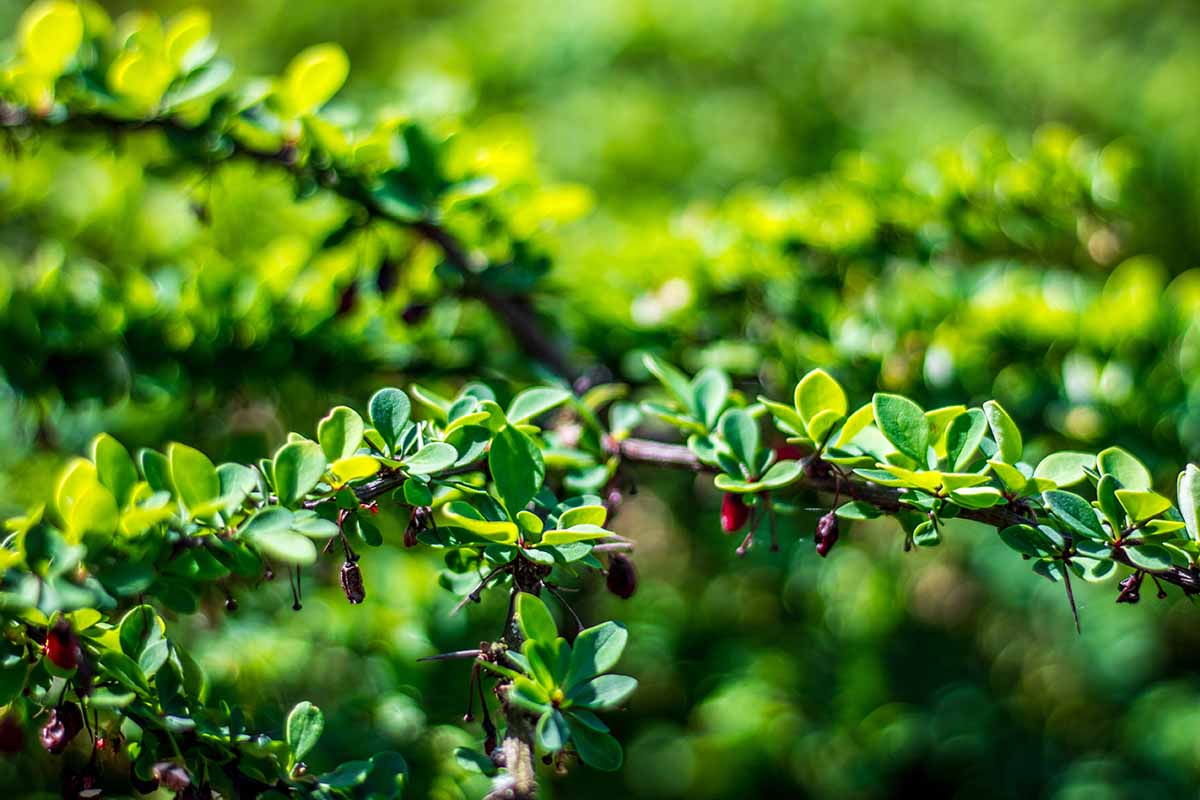
If you opt to locate your plants near your lawn, take care not to hit them with your lawn fertilizer, which is high in nitrogen.
If the leaves start to turn yellow, it’s worth testing your soil to see if it has any deficiencies.
While these plants can tolerate depleted soil, if you want a lush, full shrub, it’s going to need to have some nutrition, whether that’s supplemental or from naturally rich soil.
Technically, a female plant needs a male nearby to create berries. In many parts of the US there are plenty of plants within range of the distance pollinating insects can travel, so you never have to worry about pollination.
But if you’re bringing one to a region far away from its native habitat, you might want to plant a male for every dozen female plants just to be safe.
Don’t plant these hollies near roadways or in parking lots. Yaupon’s kryptonite is heavy pollution. It won’t die under these conditions, but it won’t look as good as it could, with yellowing leaves and stunted growth.
These plants are not a smart choice if you live in a fire-prone area. For many of us, that’s becoming a greater and greater concern. Stick with low-flammability plants near your home if you live in an area with a high risk of fire.
Growing Tips
- Plant a male near female plants to cross-pollinate and ensure the growth of berries.
- Fertilize once in the spring with a balanced fertilizer.
- Avoid planting in polluted areas near roadways.
Pruning and Maintenance
Go ahead and hang up those pruners, pull up a lawn chair, and sit down with your favorite book and a tall glass of iced yaupon tea. Unless there’s a damaged branch to remove or you want to constrain its growth a bit, you won’t have to prune these shrubs at all.
That means more time to enjoy your yard rather than working in it.
If you do decide to prune, cut away any damaged areas just above a leaf node or back to the main stem.
You can also shear the plant in the spring or fall, but I will say there are better options for creating topiaries or formal hedges. Boxwoods, privets, and Japanese holly all come to mind.
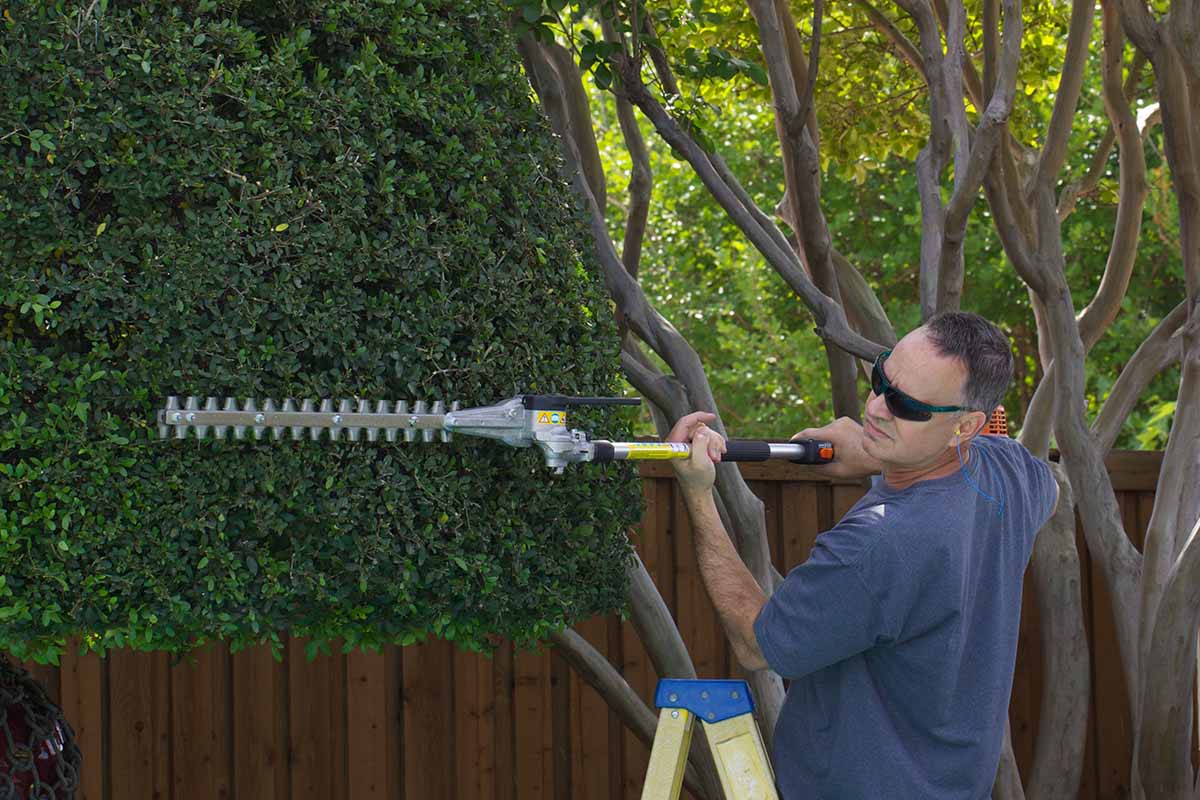
Yaupons are best left to their own devices, with a natural form that can vary from low-growing and rounded to tall and open, depending on the cultivar.
If you want to keep the plant smaller than it would grow naturally, you’ll need to prune every spring at the first sign of new growth.
To be honest, I’d recommend selecting a different cultivar or even a different species if you’re considering constraining one of these plants.
You can find dwarf cultivars, those with more columnar shapes, or ground covers, so there’s no need to force one into a different shape than it has naturally.
It’s a constant challenge to try and keep a yaupon smaller than it wants to be and you’re better off starting with one of the right size for your space in the first place.
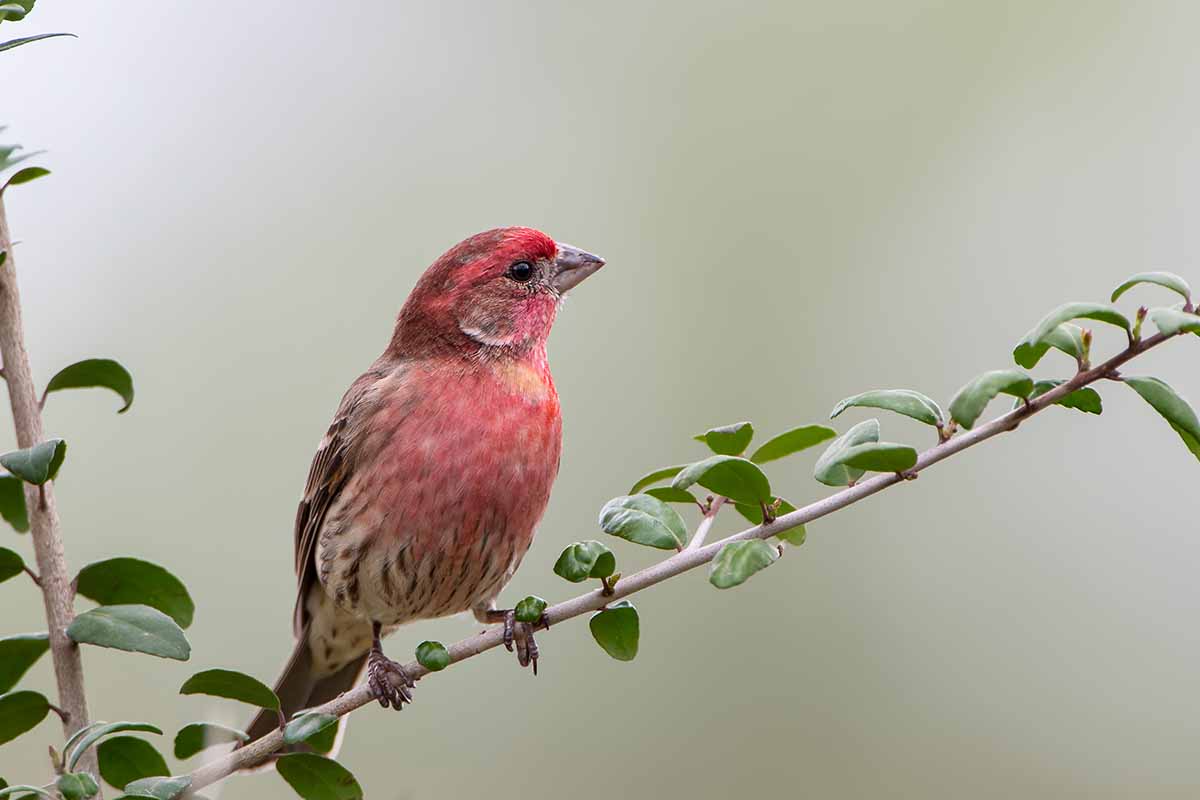
Don’t shear in the late summer or you’ll deprive yourself of the beauty of those red berries in the fall. Leave the berries on the bush to provide food for wildlife and winter interest.
Cultivars to Select
There are many, many cultivars out there. Some are petite little dwarf types and others are massive and can be shaped into trees. Isn’t it nice having options?
Condeaux
Also known as ‘Bordeaux,’ this one is a real looker. With a compact, low growth habit, it’s lovely in a border and it adds year-round interest with its glossy dark green leaves which turn burgundy-red in the winter.
The shrub stays around four feet tall and spreads up to six feet wide.
Visit Walmart to grab a live plant in 2.5 quart containers.
Want to go bigger? Walmart also carries live plants in 9.25-inch pots.
Dodd’s Cranberry
With a mature height of 30 feet, this is a good option for a large area. It has a more loose growth habit than other cultivars, with long, graceful branches.
The berries are incredibly intense, with brighter red coloring than most other cultivars, and they’re a bit larger, to boot.
If you’d like to trim your yaupon into a tree form, this one is ideal. As it ages, trim up the lower parts.
Jewel
‘Jewel’ stands out because it produces piles and piles of red berries on a 10-foot-tall shrub. There’s also a ‘Baby Jewel’ option that is half that size at maturity.
Nana
A teeny-tiny dwarf cultivar, ‘Nana’ won’t spread outside of his assigned area, staying just five feet tall and wide. With pruning, you can keep him even more petite. He’s also more versatile than some others, growing in Zones 6 to 10.
‘Nana’ might sound like a nickname for a sweet grandmother, but this plant is actually male. No berries on this one.
Nature Hills Nursery carries live plants in quart-, one-, or two-gallon containers if you want to bring this one home. And you should – it’s wonderful!
Pendula
A lot of yaupons look better in a group. Think hedges or screens. But ‘Pendula’ stands out all on its own.
This cultivar has a graceful weeping and stays under 15 feet tall. The evergreen foliage adds interest all year long and the nearly translucent red berries not only create a cheerful scene in the fall and winter, but the wildlife will love them.
Pride of Houston
At 20 feet tall, ‘Pride of Houston’ is a stately option. It stays fairly narrow with a 10-foot spread and grows much slower than some other cultivars.
New foliage is bright, light green with tons of bright red berries.
Pick one up from FastGrowingTrees.com.
Schillings
A semi-dwarf cultivar, this one grows to about 10 feet wide and seven feet tall, or you can keep it half that size with regular trimming without adverse effects.
This is a male cultivar, so no berries to worry about if you don’t like plants that produce fruit. It’s an excellent option if you want a pollinator for your females thanks to its abundance of flowers.
Grab a live plant in a one- or three- gallon container at Perfect Plants Nursery.
Stoke’s Dwarf
With a spreading, mounding habit, ‘Stoke’s Dwarf’ makes an excellent border, low-growing hedge, or specimen plant. It grows to about four feet tall and just a bit wider.
The foliage is slightly blue and extremely glossy, which adds texture and visual interest all season long. This is a male cultivar.
Taylor’s Rudolph
This plant will guide your way through the winter garden with its bright red nose, erm, I mean berries.
It’s a petite treat at just five feet tall, though it takes well to pruning to keep it smaller.
Managing Pests and Disease
For the most part, you won’t have to worry about pests and diseases with yaupon hollies. Typically, only those that are stressed by an extreme lack of water or constantly wet roots will be susceptible to problems.
Pests
If you’ve had it with aphids, fill your yard with yaupon hollies. They’re one of the few plants that I know of that just aren’t troubled by them.
Here are the few pests you do need to watch for:
Nematodes
There are multiple types of nematodes that can wreak havoc on Ilex species, including root-knot (Meliodogyne spp.), ring (Mesocriconema and Criconemoides spp.), stunt (Tylenchorhynchus spp.), sting (Belonolaimus spp.) and spiral nematodes (Helicotylenchus spp.).
Don’t bother looking for these pests – they’re microscopic and live in the soil where they feed on the roots of many different species, using their sucking mouthparts.
Not only does this cause chlorosis, stunting, and leaf drop, but they also leave infested plants open to disease.
Unfortunately, there’s no way to eliminate them from the soil, though solarization and leaving soil fallow for years can help.
Just do your best to provide your plants with support and they might be able to live with an infestation for years to come. ‘Nana’ is resistant to all types of nematodes.
Scale
Indian wax scale (Ceroplases ceriferus) and holly pit scale (Asterolecanium puteanum) are common on yaupons, but they’re only a major problem in large numbers.
Hollies might wilt, the leaves might turn yellow, and they might drop. Heavily infested plants might have branches die or the entire plant might fail.
Look for white waxy lumps or flat brown circles on the branches and twigs. Use a butter knife and try scraping them away. You can also prune off heavily infested branches. That should be enough to keep them under control.
If an infestation persists, spray with horticultural oil when temperatures are between 45 and 90°F. Repeat every 10 days as long as the insects are present.
Read more about managing scale insects in our guide.
Disease
There’s really only one disease that can be a common problem for these plants and it’s easily avoided if you provide the right conditions. Let’s talk about root rot.
Phytophthora Root Rot
Caused by the oomycete (aka water mold) Phytophthora cinnamomi, this disease can be hard to identify because all the damage is happening underground.
The roots will start turning brown or black at the tips. As the disease progresses, the black or brown rot extends throughout the entire root structure.
Meanwhile, above ground, the tree will look wilted and stunted and you’ll see yellowing between the leaf veins. The leaves may also drop and twigs might die back.
This disease usually occurs in plants that are planted too deeply, that are over-mulched, or that are sitting in standing water due to overwatering or very poorly draining soil.
Planting in the right spot with adequate drainage and taking care not to overwater or using too much mulch is key for prevention. Once a plant is showing symptoms, you’ll probably need to pull it.
If it’s a plant you’re particularly fond of, you can treat the soil with a product that contains the beneficial microbe Streptomyces lydicus WYEC 108, like Actinovate SP.
The faster you apply a fungicide, the better your chance of getting rid of the disease. Soak the soil with the fungicide once every two weeks until the symptoms subside.
To pick up an 18-ounce bag of Actinovate SP, visit Arbico Organics.
Best Uses
Depending on the cultivar, there are a lot of ways to use yaupons.
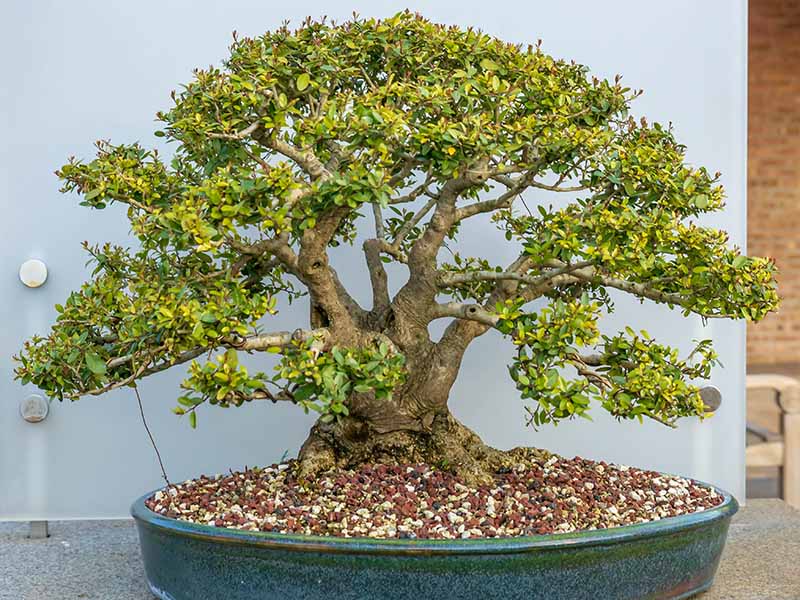
They make an excellent hedge, screen, or barrier, with their dense growth habit. They’re also a stunning option for bonsai, especially if you opt for a female.
Use the weeping cultivars as specimens, or plant them to attract wildlife like bees and birds. You can even trim them into topiary if you really want to or create small trees through careful pruning.
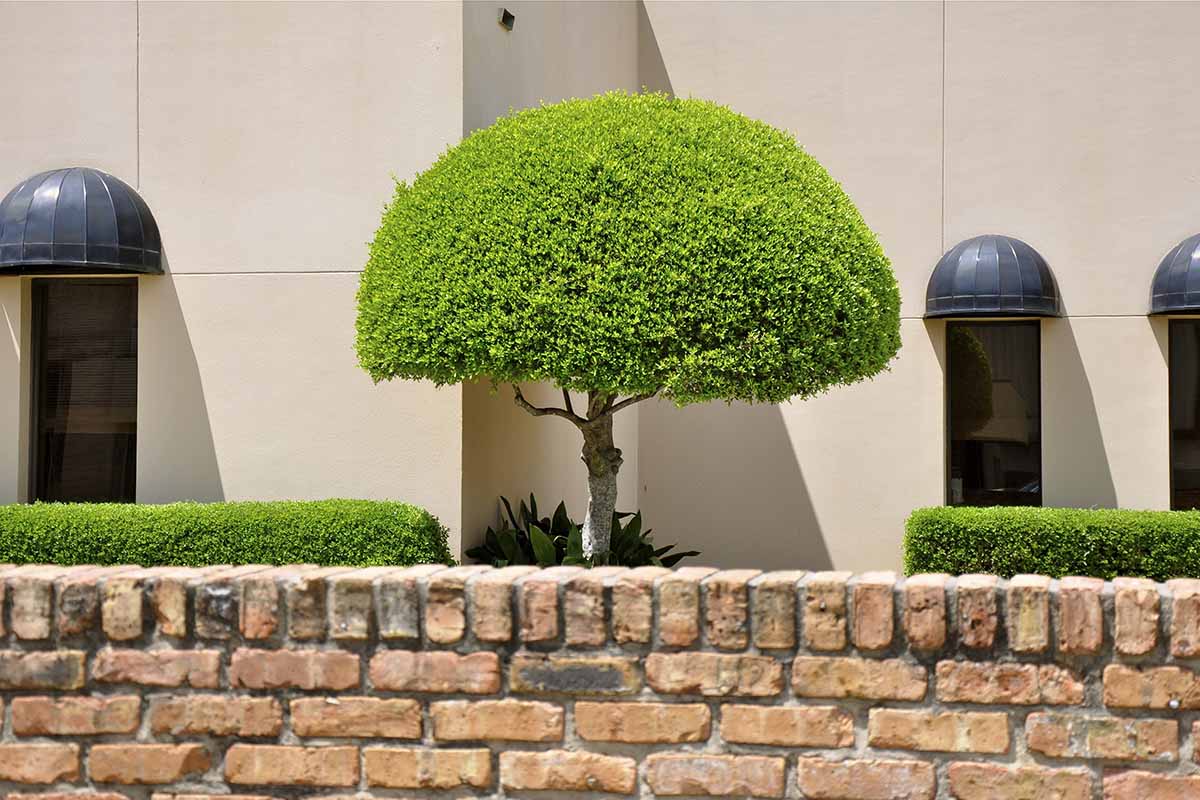
To harvest the leaves for tea, cut a branch and pull the leaves off one by one or just run your hand down the stem and strip the leaves as you go. Dry them or use them fresh.
Because the leaves are somewhat thick, you can hurry the drying process by placing washed leaves on a baking sheet in a single layer. Bake at 200°F for two to three hours, until dry.
To recreate the smoky flavor of yerba mate, roast the fresh leaves at 350°F until they’re brown, for about 15 minutes. The fresh or unroasted, dry leaves have a taste that’s closer to green tea.
Steep these in hot water for about five to 10 minutes, depending on how you like your tea. The longer you brew it, the darker (and thus stronger) it will be and the more caffeine it will contain.
You’ll have the infusion of caffeine either way, but fresh leaves generally create a brew with less caffeine.
Quick Reference Growing Guide
| Plant Type: | Woody evergreen shrub | Flower/Foliage Color: | White, cream/green, burgundy (red berries) |
| Native to: | North America | Tolerance: | Some drought, some clay or sand, salt, some shade |
| Hardiness (USDA Zone): | 7-9 | Soil Type: | Loose |
| Season: | Spring bloom, fall/winter berries | Soil pH: | 4.5-7.0 |
| Exposure: | Full sun to part shade | Soil Drainage: | Moderate to well-draining |
| Time to Maturity: | 5 years | Maintenance: | Low |
| Spacing: | 6 feet, depending on cultivar | Attracts: | Pollinators, birds |
| Planting Depth: | 1/4 inch (seeds), same depth as container (transplants) | Companion Planting: | Azalea, burning bush, camellia, dogwood, euonymus, forsythia |
| Height: | Up to 45 feet | Uses: | Barrier, bonsai, hedge, screen, specimen, tea, topiary |
| Spread: | Up to 35 feet | Order: | Aquifoliales |
| Growth Rate: | Moderate | Family: | Aquifoliaceae |
| Water Needs: | Moderate | Genus: | Ilex |
| Common Pests and Diseases: | Spider mites; black root rot, Phytophthora root rot | Species: | Vomitoria |
Have Your Hollies and Drink Them, Too
For a lesser-known ornamental, this plant sure has a lot going for it. Beyond the beautiful color and interest that it adds to the garden all year long, it also attracts birds and bees and is North America’s only native caffeine-producing plant.
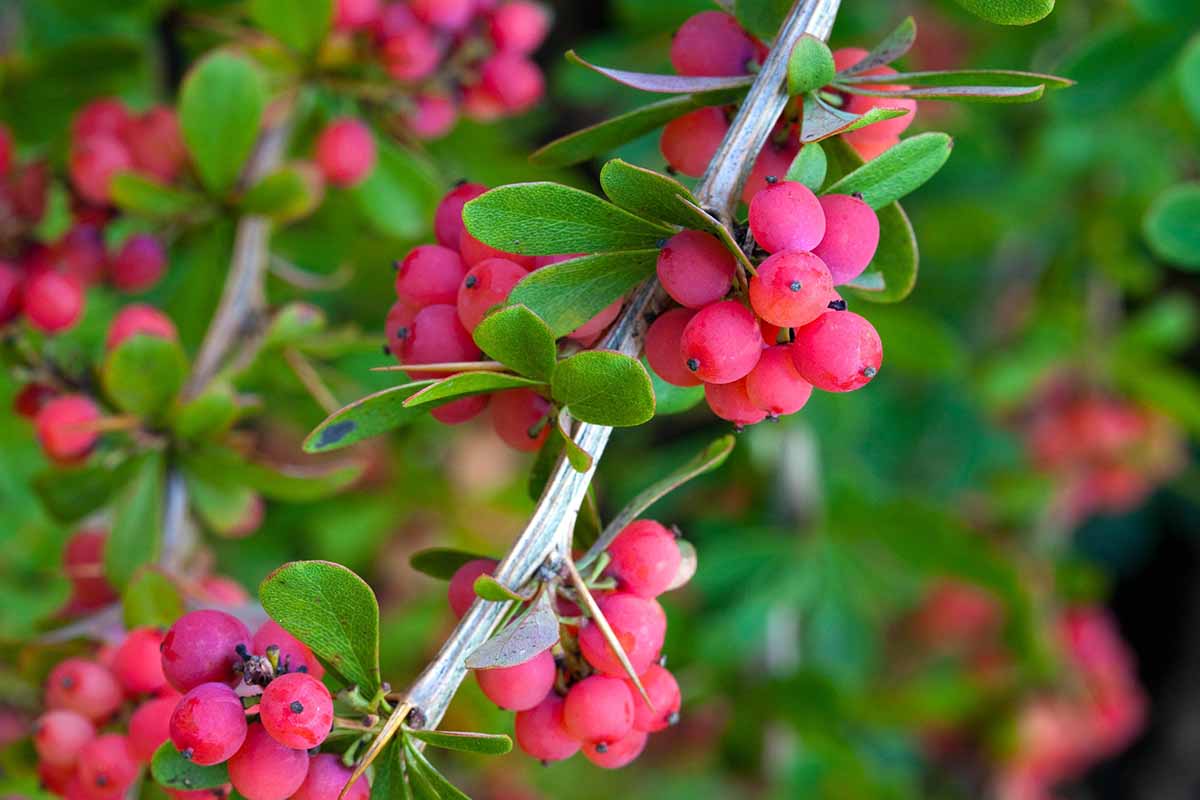
That alone is enough to make it worth keeping around, but the fact that it’s incredibly adaptable, is rarely bothered by pests or diseases, and requires hardly any maintenance makes it a winner, in my book.
What cultivar is calling your name? Let us know what you plan to put in your yard, or what you have growing already, in the comments below.
If you’re a fan of holly plants in general, we have a few guides that might catch your fancy, including:

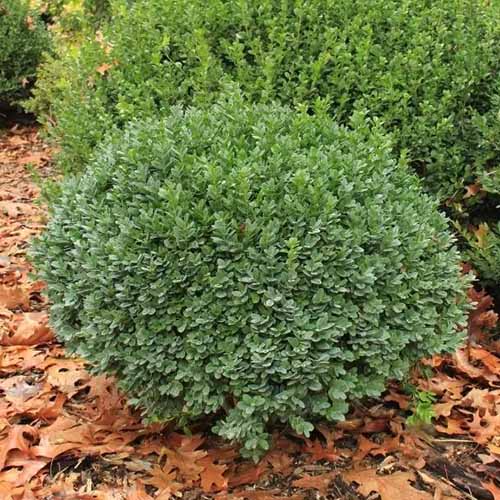
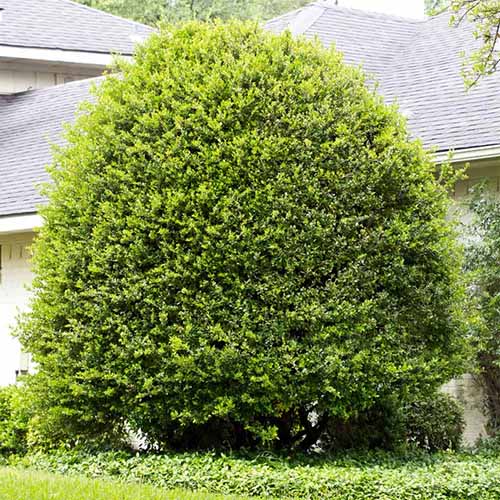



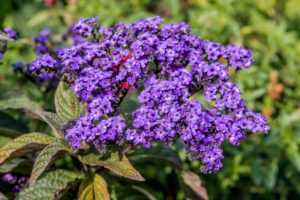

Houston is NOT dry! It is on the coast and even in a year when there are not hurricanes, there is plenty of rain. The Bayou City is closer to being “the swamp city” than being any sort of dry. That said, “Pride of Houston” may very well do OK in dry climates. We have lots of Yaupon growing wild around here, but it is sub-tropical in climate.
I am trying your stem-cutting guide and I will try to get back with you on how it goes. I have not tried raising plants from cuttings although I have raised quite a few from seeds.
Yep, Houston was literally built over a swamp. Basic rule of thumb with Texas. East of I90…wetter and transitioning from prairie into the big piney and transition into swamp. West of I90, dryer and transitioning from prairie to semi arid to desert. That I90 line is really odd if you think about it. If you start out somewhere like Waco, you can be in very different geographies in 2-3 hours in any direction.
We’ll get that fixed.
“Boxwoods, privets, and Japanese holly all come to mind.” PLEASE do not grow privet or Japanese holly. Both of these are invasive species. Boxwoods are the safest bet out of the three of these because they have not been known to escape cultivation, but at the same time, why not look for a native alternative instead?